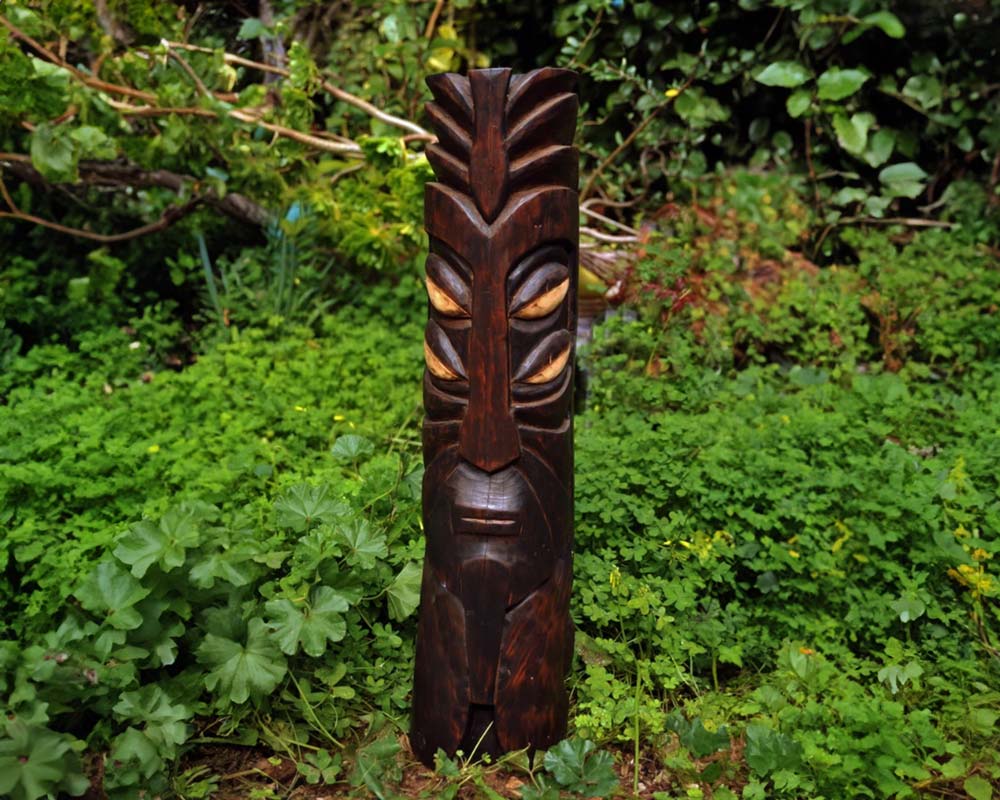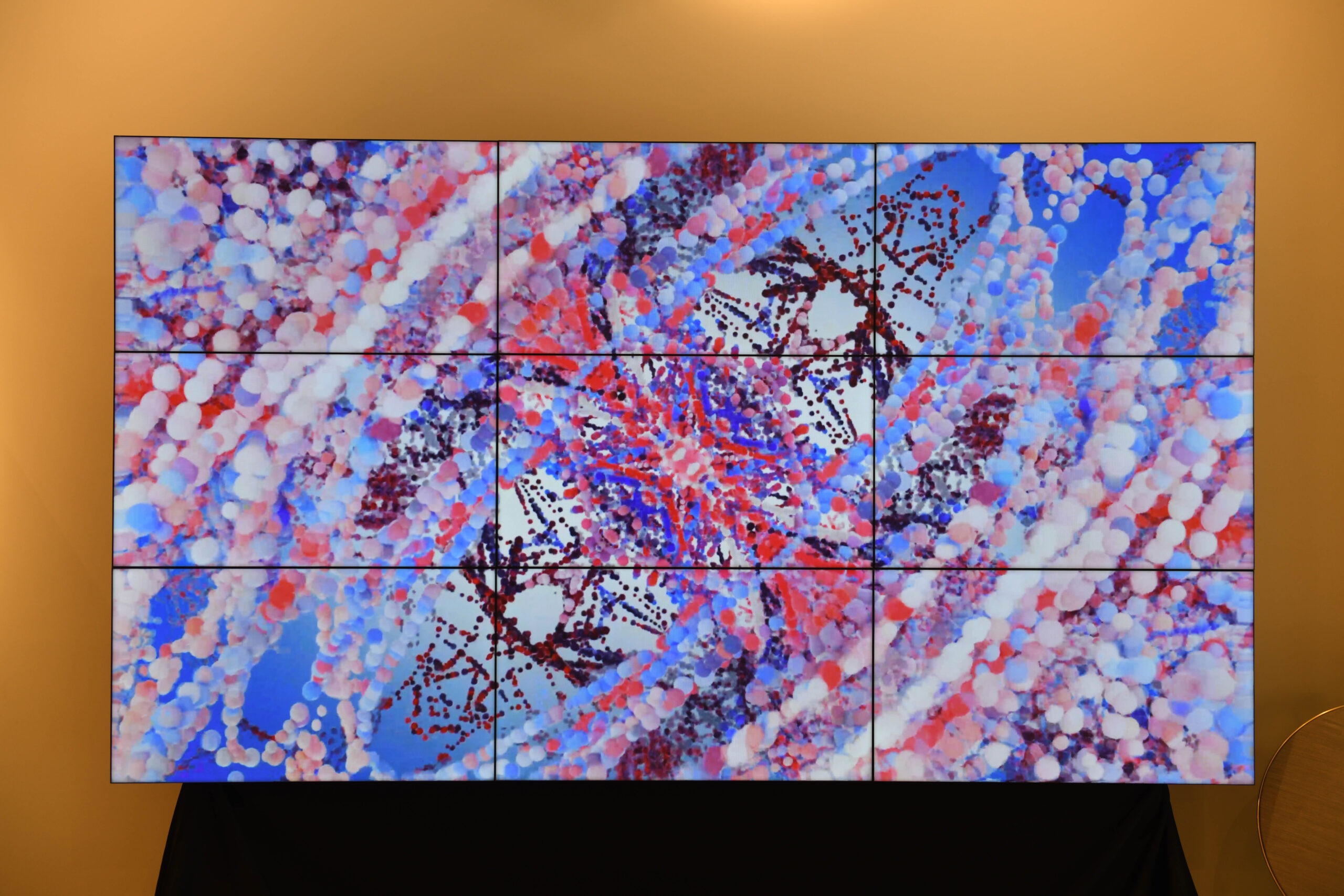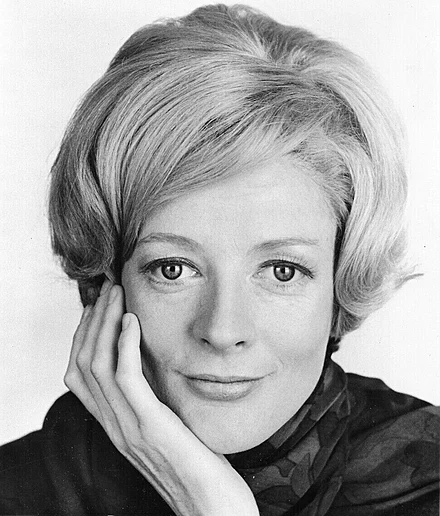Ricardo Jarama, Peruvian artist who has been residing and working in Athens since 2007 encompasses a boundless universe, which he reflects in his canvases, drawings, and sculptures. His creations portray a universe that oscillates between reality and surreality.
According to art historian Diana Wind Jarama presents a surrealistic vision of a predominantly organic world, in which colour and form intertwine to become a game between the rational and the irrational, between poetry and image, between the oneiric and the visions in his sleep.
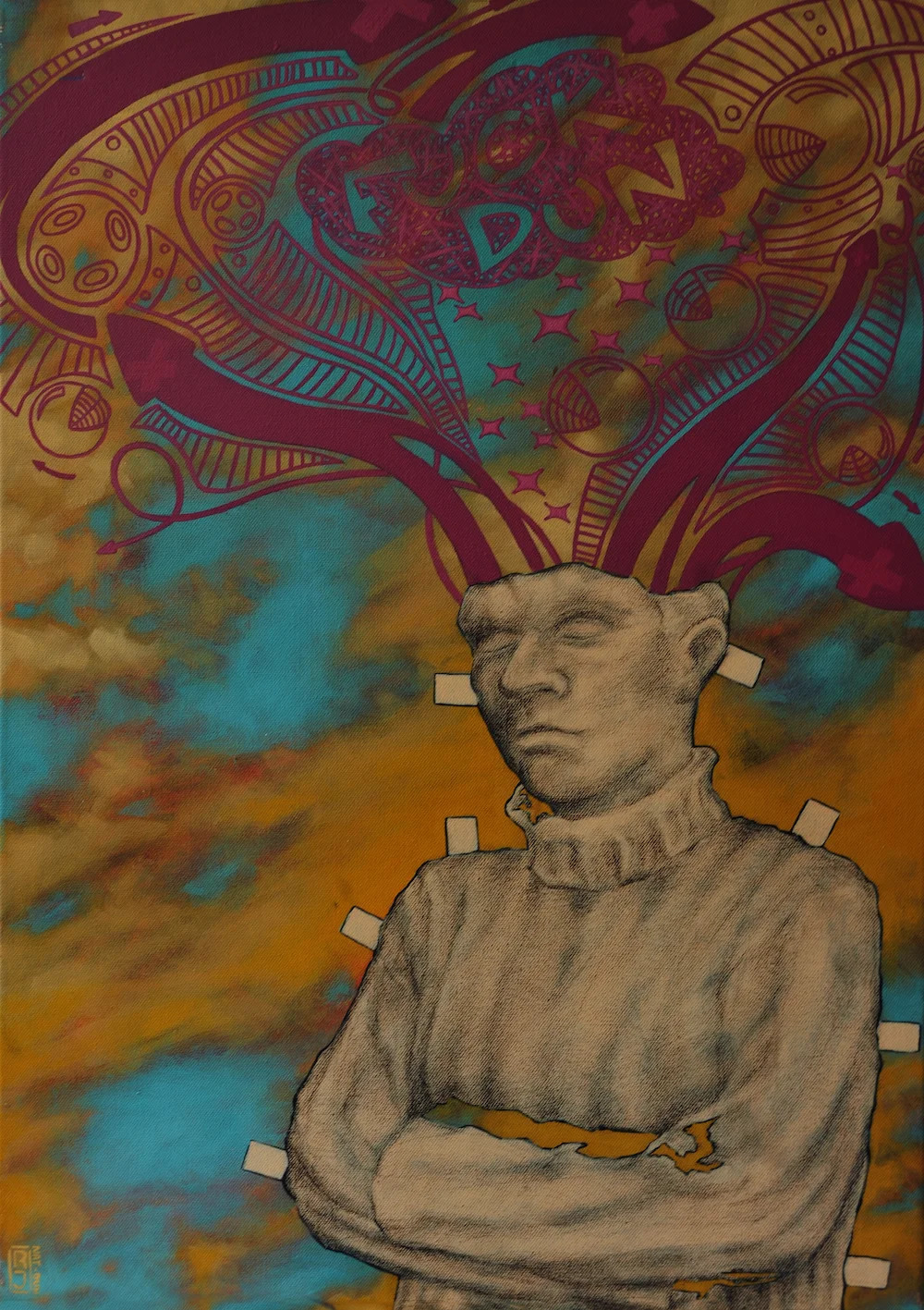
Jarama was trained at the Escuela Nacional Superior Autonoma de Bellas Artes del Peru, where he specialized in sculpture and drawing. In addition, he completed a teacher training program. After his studies, he became a professor at the Escuela Nacional in Lima and in Jauja, where a branch of the academy is located.
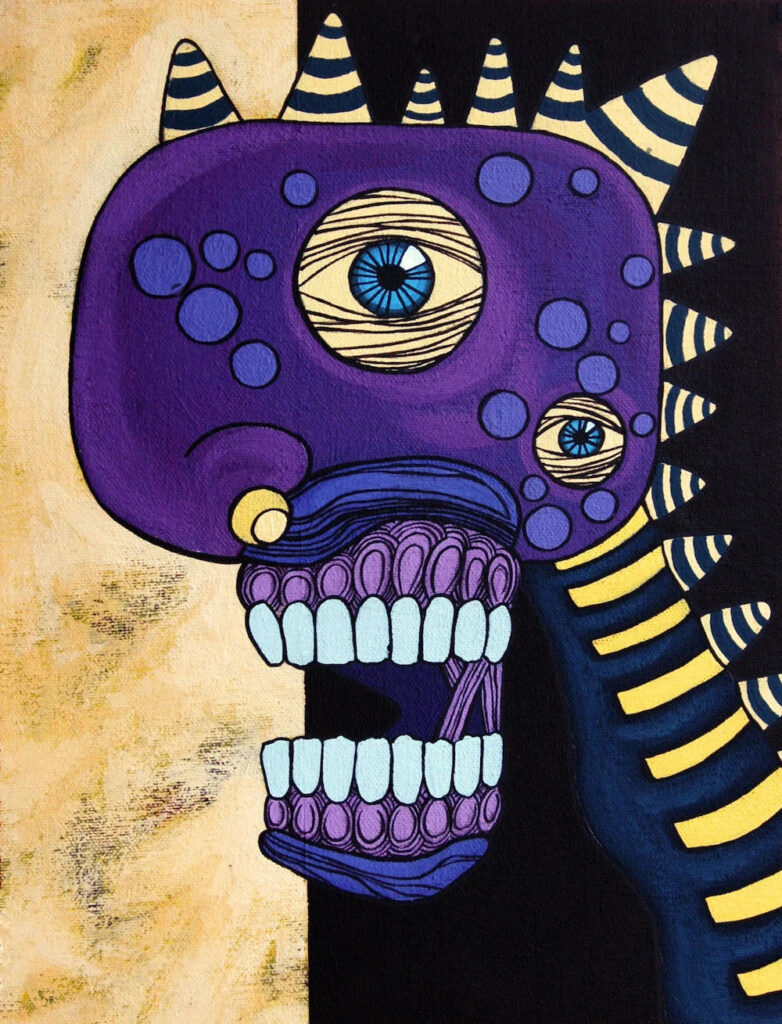
Jarama completes the final versions of his drawings and paintings in his sketchbooks. According to the artist, everything starts with drawing. Jarama is always looking for new ways to evolve. For him, his art is a language, and he uses this language to visualize his vision. That’s why his sketches are not only prepared for preparation but also a way to complete his drawings. While Jarama transfers some of them onto canvas or panel in acrylic paint, or onto a larger-sized piece of paper in mixed media, his sketchbooks remain as treasures that might provide the trove from which one masterpiece after the other emerges.
Colors and characters of Jarama
Jarama enjoys creating characters and incorporates South American and Japanese metaphors into his work. He uses bright colors to convey his perspective on current and pressing issues through captivating artwork. For Jarama, the color symbolizes life. He believes humans are manipulated by the political, economic, and religious systems and are too limited in spirit and body to achieve a balanced existence. In his series Naturama, Futuro, and Super Realidad, he portrays his vision and experiences and aims to challenge human narrow-mindedness by integrating nature and animals as metaphors in his art. The Koko series is more autobiographical but also carries universal themes, which will be further explored in the accompanying text for the works in this series.
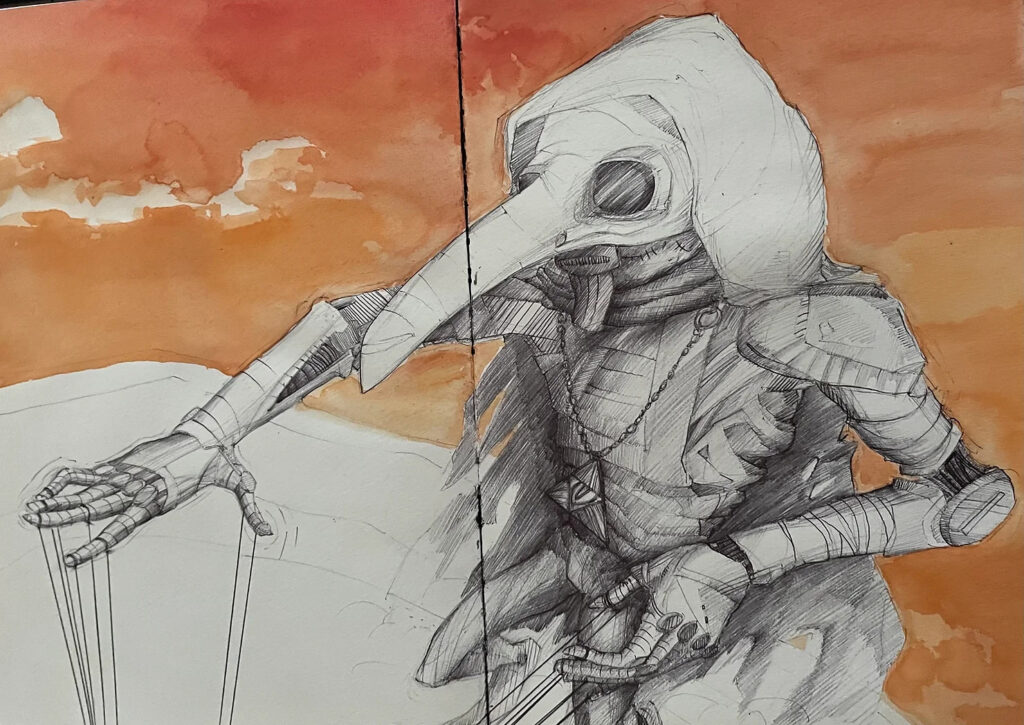
Diana Wind writes, ‘‘For the series Naturama, Jarama invented new figures, such as the dwarf. It is one of the artist’s favorite figures, because, to him, it adequately represents the incompetence of humans. Humans are small, both in terms of their body and their spirit, and therefore they do what is expected of them in an almost mechanical way.’’
Sculptures and materials
In Peru, Jarama mainly made sculptures. He used different types of stone, in combination with metal and wood. The works are predominantly abstract, but some titles, such as Egg, suggest that they sometimes deal with an abstract reality. He infuses his characters into his sculptures.
You can check out the artist’s website here.
